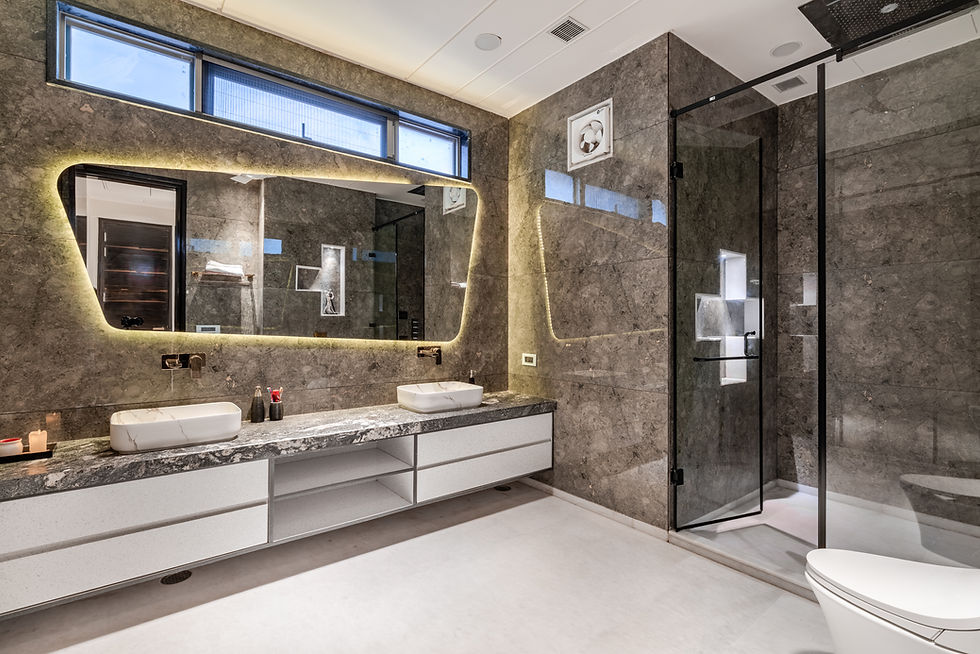
Upgrading to a Water-Saving Toilet: Is It Worth It?
Share
In todays tech-driven world, where innovation is the driving force, the concept of Upgrading to a water-saving toilet might sound mundane. But for tech professionals and enthusiasts, its an opportunity to embrace both eco-friendly living and cutting-edge technology.
The shift towards sustainability has gathered momentum, especially among those who are passionate about technology and its potential to create a better future. Upgrading to a water-saving toilet is a small yet impactful step towards achieving this goal, combining the technological advancements with environmental responsibility.

The Technology Behind Water-Saving Toilets
Water-saving toilets, also known as low-flow toilets, are designed to use significantly less water per flush compared to traditional toilets. Typically, they utilize about 1.28 gallons per flush, as opposed to the conventional 3.5 to 7 gallons. This remarkable reduction in water usage is achieved through innovative design and engineering. Companies like Toto and Kohler have pioneered various technologies, such as dual-flush systems and pressure-assisted flush mechanisms, to enhance efficiency.
For tech enthusiasts, the appeal lies in the sophisticated engineering that goes into creating these toilets. The use of advanced flushing technologies not only minimizes water usage but also ensures optimal performance, reducing the need for multiple flushes.
Benefits of Upgrading to a Water-Saving Toilet
Upgrading to a water-saving toilet offers numerous benefits beyond water conservation. For tech professionals, the financial savings that come with reduced water bills can be substantial. According to the Environmental Protection Agency (EPA), switching to a water-saving toilet can save up to 13,000 gallons of water per year for a family of four, translating to significant cost savings.
Moreover, the environmental impact is profound. With the growing concerns over water scarcity, conserving water is crucial. By reducing water usage, we can alleviate stress on local water resources and contribute to a more sustainable future. For tech enthusiasts, this aligns perfectly with the values of innovation and sustainability.
Integrating Water-Saving Toilets into Smart Homes
The allure of smart home technology is undeniable, and water-saving toilets can seamlessly integrate into this ecosystem. Many modern models come equipped with features such as touchless flush, automatic lid closing, and even connectivity to smart home systems. This allows users to monitor water usage and manage settings remotely, adding a layer of convenience and efficiency to daily life.
For tech professionals, integrating water-saving toilets into a smart home setup is a testament to the fusion of technology and sustainability. Its an opportunity to demonstrate how technology can enhance our lives while reducing our environmental footprint.
Cost and Installation Considerations
One of the common concerns when considering upgrading to a water-saving toilet is the cost. While the initial investment might be higher than a standard toilet, the long-term savings on water bills make it a financially sound decision. Additionally, many regions offer rebates and incentives for installing water-saving fixtures, further offsetting the cost.
Installation is a straightforward process, often requiring no more than basic plumbing skills. However, for those who prefer a professional touch, hiring a plumber ensures optimal performance. For tech enthusiasts keen on a DIY approach, there are numerous online resources and guides available.
Challenges and Considerations
Despite the benefits, there are challenges to consider. Some users might initially find the reduced water usage inadequate for certain flushes. However, advancements in design have largely mitigated these issues, ensuring effective waste removal.
Moreover, its important to choose a model that suits your specific needs and preferences. From bowl shape to flush mechanisms, there are various factors to consider when selecting a water-saving toilet.
Conclusion: A Step Towards a Sustainable Future
For tech professionals and enthusiasts, upgrading to a water-saving toilet is more than just a home improvement. Its a commitment to sustainability, innovation, and forward-thinking. By embracing this technology, we take a step closer to a future where technology and environmental responsibility go hand in hand.
For more insights on creating an eco-friendly home, check out our article on green smart homes.

FAQs
Q1: How much water can I save with a water-saving toilet?
A: On average, a water-saving toilet can save up to 13,000 gallons of water per year compared to traditional models.
Q2: Are water-saving toilets compatible with smart home systems?
A: Yes, many modern water-saving toilets can integrate with smart home systems, allowing for enhanced control and monitoring.
Q3: What should I consider when choosing a water-saving toilet?
A: Consider factors such as flush mechanism, bowl shape, and additional features like touchless flush to find a model that meets your preferences and needs.
This article contains affiliate links. We may earn a commission at no extra cost to you.
